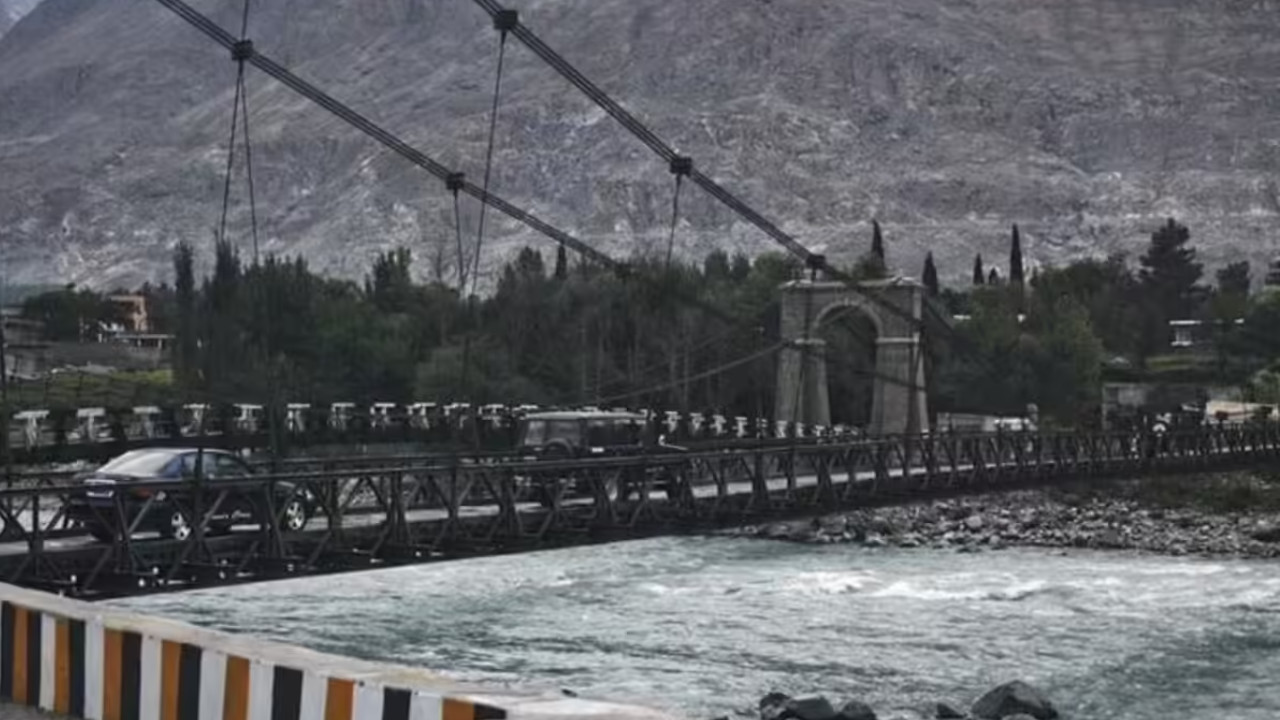Omar Abdullah requested the central government to approve the Tulbul Navigation Barrage and Chenab River water scheme. This request follows the suspension of the Indus Waters Treaty after a terror attack. Abdullah has long opposed the IWT, deeming it unfair to Jammu and Kashmir. The Tulbul project aims to regulate Jhelum River water levels.
Reviving Jammu & Kashmir’s Hydroelectric Dreams: A Bold New Chapter?
For decades, the Indus Waters Treaty has cast a long shadow over Jammu & Kashmir’s hydroelectric ambitions. But could that be about to change? A subtle, yet potentially seismic shift is underway, driven by the region’s urgent need for reliable power and a revised understanding of the treaty’s implications.
The Lieutenant Governor of Jammu & Kashmir is actively seeking the central government’s approval for two pivotal projects: the Tulbul Navigation Project (a barrage on the Jhelum River) and a large-scale lift irrigation initiative on the Chenab River. These aren’t just infrastructural upgrades; they represent a strategic pivot aimed at maximizing the region’s water resources for both power generation and agricultural benefit.
But why now? What’s fueling this renewed push? The answer lies in a confluence of factors, most notably India’s recent assertive stance on the Indus Waters Treaty. By formally asking Pakistan to discuss revisions to the treaty, citing its persistent violations, India has effectively opened a window of opportunity. This isn’t about disregarding the treaty altogether; rather, it’s about ensuring that it remains relevant and adaptable to contemporary needs.
The Tulbul Navigation Project, also known as the Wular Lake Barrage, has been a contentious issue for years. Originally conceived to improve navigation on the Jhelum and maintain water levels in Wular Lake (one of Asia’s largest freshwater lakes), the project has faced staunch opposition from Pakistan, who cite concerns that the barrage could be used to manipulate water flow downstream.
The proposed barrage will allow for better water level management in Wular Lake and facilitate inland water transport. The focus keyword, hydroelectric, is a key element in the project’s overall potential benefit to the region.
“`html

“`
The Chenab lift irrigation project represents an equally ambitious undertaking. This project seeks to harness the Chenab River’s water to irrigate vast swathes of land, boosting agricultural productivity and improving the livelihoods of farmers. Given that agriculture remains a mainstay of the J&K economy, the implications of this project are far-reaching. It’s also a move towards greater water security, making the region less vulnerable to the vagaries of climate change.
Of course, these projects aren’t without their complexities. The Indus Waters Treaty, while potentially open for discussion, remains a critical framework. Any developments must adhere to the treaty’s provisions and take into account the legitimate concerns of all stakeholders. This requires careful negotiation, meticulous planning, and a commitment to transparency. It also necessitates a robust environmental impact assessment to mitigate any potential adverse effects on the river ecosystems.
Beyond the immediate benefits of increased power generation and agricultural output, these projects hold symbolic importance. They signal a renewed sense of purpose and a determination to chart a more prosperous future for Jammu & Kashmir. They represent a tangible manifestation of the region’s developmental aspirations and a commitment to harnessing its natural resources for the benefit of its people. This development is supported by many who advocate for renewable energy investment.
The road ahead won’t be easy. Navigating the intricacies of the Indus Waters Treaty, addressing environmental concerns, and securing the necessary funding will require sustained effort and political will. However, the potential rewards – a more energy-secure, economically vibrant, and environmentally sustainable Jammu & Kashmir – are well worth the challenge. Related content regarding infrastructure projects in the region can be found on our infrastructure development projects page.
Ultimately, the fate of the Tulbul Navigation Project and the Chenab lift irrigation project will depend on the central government’s willingness to support these initiatives, as well as successful negotiations and careful planning. But one thing is clear: Jammu & Kashmir is embarking on a new chapter in its hydroelectric development story, one filled with both challenges and immense possibilities. If these projects succeed, they could serve as a model for other regions grappling with similar water resource management issues.







